In a prior entry (22 June 2011), I wrote the following:
“Our eyes can deceive us. We may see something and develop a desire for it, but until we actually experience it, we cannot know if our desire is for what it is what we’ve actually seen OR if our desire if for what we have perceived that something to be based on our knowledge and past experiences. [Examples] It can be the same with a career. I grew up thinking I had wanted to be a teacher. After a few years of teaching high school biology, I learned that I love to teach but that my childhood desire of being a teacher by profession was based on an incomplete, experience-lacking perception. Through my CLM internship with the BLM, not only have I been learning both the hits and misses of my pre-experience perception of working in land management, but I am also learning how to adjust to the misses and capitalize on the hits.”
I continued to share how my perception of desiring a land management career had a couple of flaws as well as several misalignments with the way I typically “do work” and most effectively function. However, reality has also proven that not every part of my pre-experience perception of and associated career aspiration in land management was off base for me.
The most obvious hit is threefold: I perform “hands-on” tasks [1] involving nature (namely plants) [2] outside [3].

Planting a propagated Ceanothus roderickii (federal status is endangered; California state status is rare)
First of all, I appreciate and enjoy working directly with the land and the resources of the land. Although there are some things I refuse to touch because they are too gross, I love to get my hands dirty when it comes to plants and soil in natural habitats. I keep in shape by exercising 3-5 times a week so, in general, the physical activity required for managing land is attractive to me, especially after an office job in which I sat in front of a computer at a desk every day (some days I was glad for it; other days i got quite antsy). The physical activity involved ranges from crawling through tick-infested, thick chaparral vegetation as a means of surveying for rare plants to pulling yellow star thistle along trails, from tromping through poison oak or blackberry shrubs to monitoring plant populations and recording data, from hiking a mile or more to or through a project location to collecting seeds and voucher specimens.

Counting stems of Galium californicum ssp. sierrae (El Dorado bedstraw) (federal status is endangered; California state status is rare)
Secondly, I absolutely love working with nature and in nature. Nature never ceases to amaze me; there is always more to learn and to understand in regards to biology, ecology, botany, genetics, conservation…and the list goes on. As for me, I’m hooked on plants: the anatomical and physiological adaptations of many fascinate me; the beauty of some captivate me. And the interactive complexities within the plant communities and the ecosystems in which they exist either puzzle me or astound me. When I participate in monitoring, sampling, or inventorying or any kind, I believe that I may be contributing to something important, not just collecting data for the sake of science but for the practical implementation of effective and adaptive land management. And there’s just something humbling and wholesome about working directly with the ground and plants which serve as foundations for our physical lives and the natural world as a whole.

South Fork American River flows through the Pine Hill Preserve
Thirdly, having an “office” in the “great outdoors” is definitely a plus (at least on most days). The “office” aesthetics are undeniably unbeatable. (Considering that beauty is in the eye of the beholder, this may not ring true for all. But really, who can create anything as incredible as nature?) And the health benefits of all that make the outdoors a low-stress (if not stress-free!) environment–including the fresh air, adequate space for moving around, calming sounds (i.e. leaves rustling in the wind, flowing streams, etc.), and breath-taking scenes–are a priceless perk.
Perhaps the all-encompassing factor resulting in a match between my prior perception of land management and the reality of land management based on what I have been learning through first-hand observations and experiences has been the rich variety that accompanies this type of career. It’s certainly not that I am unable to handle routine (on the contrary, I have the ability to focus on one task of a long time and strong relate to the structure of routine as i function most efficiently and effectively with logical order and organization); I just prefer to engage in more than one basic type of activity if I have the opportunity to do so.
So what kind of variety am I talking about? Sounds like a great topic for another blog entry…

One of the eight rare plant species at the Pine Hill Preserve: Helianthemum suffrutescens
To conclude, my pre-experience desire to serve in a conservation and land management career included both misperceptions and on-target expectations. Additionally, this type of career is not a perfect match to my personality and functionality, but I do enjoy the work and have a passion for the purposes and goals. I participate in projects for which I have been well-educated and trained (not to mention will continue to learn about because of my interest in botany, ecology, and conservation) and contribute to causes which matter to me while engaging myself physically, mentally, and socially. As long as I can manage around the “misses” (how this career clashes with my personality and functionality) and focus with a positive attitude on the “hits” (the reasons and ways this career does work for me), I’ll be doing just fine (if not great!) and believe I will achieve success in this career field.













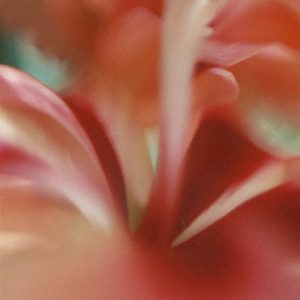
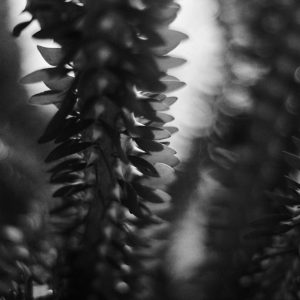
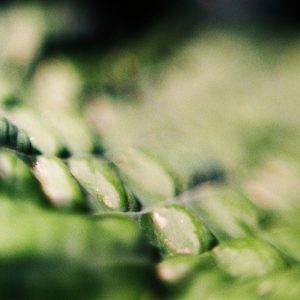
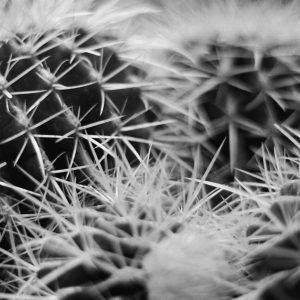
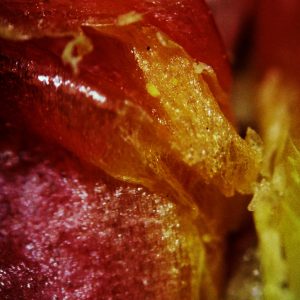


 From my long summer reading list here is an excerpt from my newest favorite book:
From my long summer reading list here is an excerpt from my newest favorite book: